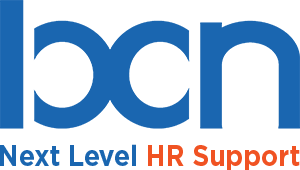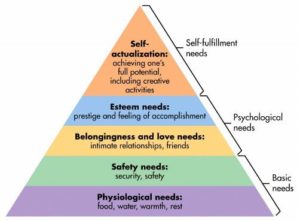So how do the Self-Actualization Needs from Maslow’s Hierarchy of Needs pyramid from that first-year college course fit into corporate America today?
The top portion of the pyramid relates to spontaneity and problem solving, among other things, which can tie directly to the workplace. Employees want to know they are making a difference in the world around them, including with their customers, peers and communities.
Without having the confidence that they are making a difference, employees become disengaged. This behavior becomes contagious and impacts the bottom line of an organization. Signs of this could be high turnover, low morale, uninspired teams, absenteeism, burnout, poor time management, lack of accountability, and flat profitability. Who wants all of that in their company?
Here are a few strategies for increasing employee engagement that leadership can embrace to create that desirable and engaged organization:
- Communicate the company goals & direction: Educate employees about how individual roles impact and advance the company. Keep teams in the know about the company’s direction, goals, successes and challenges with regular communications. Use meetings, emails, videos, blogs and other methods so teams are “in the know.” Create incentive goals or gamification programs with prizes and recognition for achievement of established goals.
- Performance Feedback: Managers and leaders must commit to more frequent and informal feedback. Constant coaching and training (both formal and informal) should be a regular part of the business culture. Break away from the annual performance evaluation as the only time you give feedback to your employees.
- Celebrate the team and WINS: Have fun at work. You spend a lot of time there so why not enjoy and celebrate the wins of your team and people? Recognize hard work, creativity and new ideas by sharing and celebrating the success. Create an environment where individuals enjoy what they are doing.
Commit to making employee engagement a priority. Creating a survey or a method for honest feedback is a great start, but sincere ownership and accountability from leadership teams is a must. Have fun and be creative with ideas.
Most importantly, take action to gain back the benefits of an engaged workforce with low turnover, increasing profitability and having a staff that is firing on all cylinders.
“When people are financially invested, they want a return. When people are emotionally invested, they want to contribute.” – Simon Sinek


